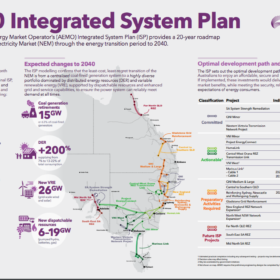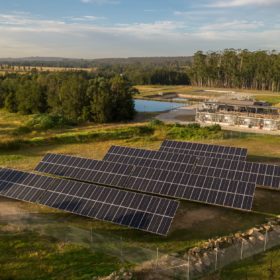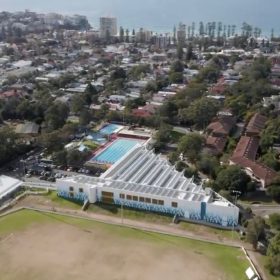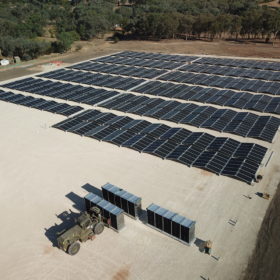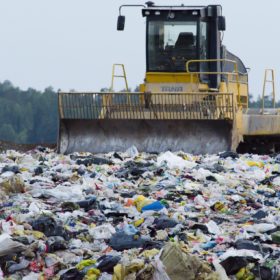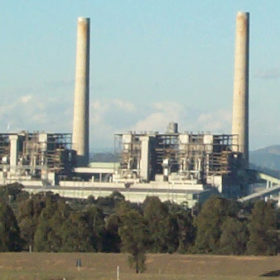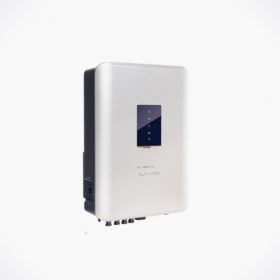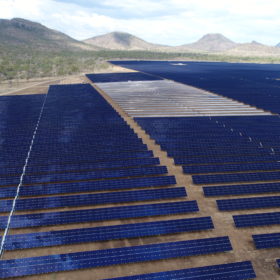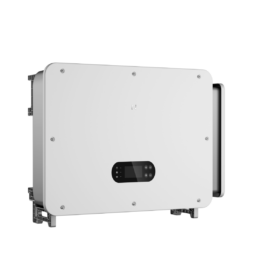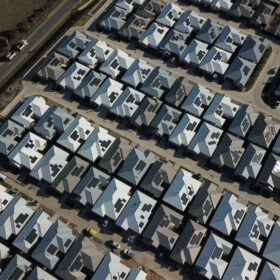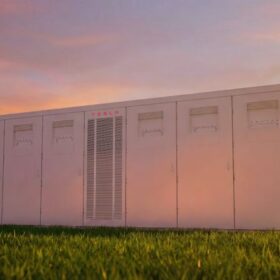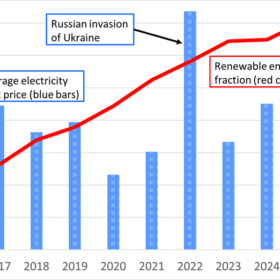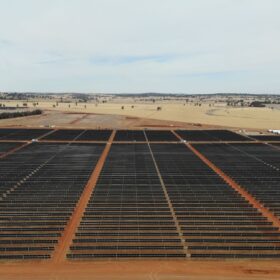AEMO’s 2020 ISP: A roadmap to the world’s fastest energy transition
If it was designed with a focus on reliability, security and the lowest cost for consumers, Australia’s main electricity grid would see periods in which nearly 90% of demand is met by renewable generation. A diverse portfolio of distributed energy resources and large-scale solar and wind generation supported mainly by pumped hydro and batteries would ensure the least-cost transition as the nation’s coal plants retire. Adequate investment in transmission infrastructure will be instrumental in making this a reality.
NSW Govt to invest $15m in Hunter Water solar uptake
NSW State Government-owned water and sewage utility Hunter Water is set to join a now surging river of water utilities around Australia investing strongly in the uptake of solar PV. The announcement came with the completion of a 100 kW system at Branxton Wastewater Treatment Works.
The sun shines on Sydney’s Northern Beaches, but can it shine for them?
Sydney’s Northern Beaches Council has installed its largest solar array to date, a 265 kW rooftop system atop the Andrew ‘Boy’ Charlton Aquatic Centre in Manly. Council is revving up its solar capacity on its way to a goal of having renewable energy power all suitable Council sites by 2030, an ambition it hopes will inspire more local residents to take up solar too.
Victoria expands Solar for Rentals program
The Victorian government has boosted its solar rental scheme with interest-free loans in addition to two rebates per financial year landlords were already able to access.
Federal government awards major project status to Sun Cable’s 10 GW solar plan
The Australian federal government is fast-tracking the world’s biggest solar and storage project in the sun-drenched Tennant Creek region that aims to power Darwin and export solar from the outback to Singapore and eventually Indonesia via a submarine transmission link.
Understanding the fate of end-of-life modules
Scientists in India have taken a close look at the potential impact of growing volumes of PV waste, and have conducted surveys that suggest a lot more work is needed from manufacturers and policymakers to develop management systems for end-of-life PV products.
A ‘just transition’ just about the only transition worth having
A team of international researchers featuring ANU’s Prof Frank Jotzo has published a study on the ‘just transition’ from coal to renewable sources of energy. The paper looks at comparative examples of transitioning economies, taking account of political realities, and ultimately shows that a ‘just transition’ is just about the only transition worth having.
Macca’s 1000th site is a McSolar deal
1000 sites into the Sunburnt Country and McDonald’s has had the bright idea of investing in solar. The fast-food giant has begun construction on its 1000th Australian site, a ‘sustainable flagship’ which utilises rooftop solar and other sustainable practices as a possible model for fast-food franchises going forward.
Sungrow signs 150 MW distribution agreement with Solar Juice
The new deal with one of the leading solar wholesalers in Australia will make Sungrow’s suite of products available to a greater number of residential and commercial customers.
1 GW of solar projects in North Queensland could be curtailed to zero
New system strength challenges have been identified in North Queensland putting the output of nearly 800 MW of additional solar projects at risk.
